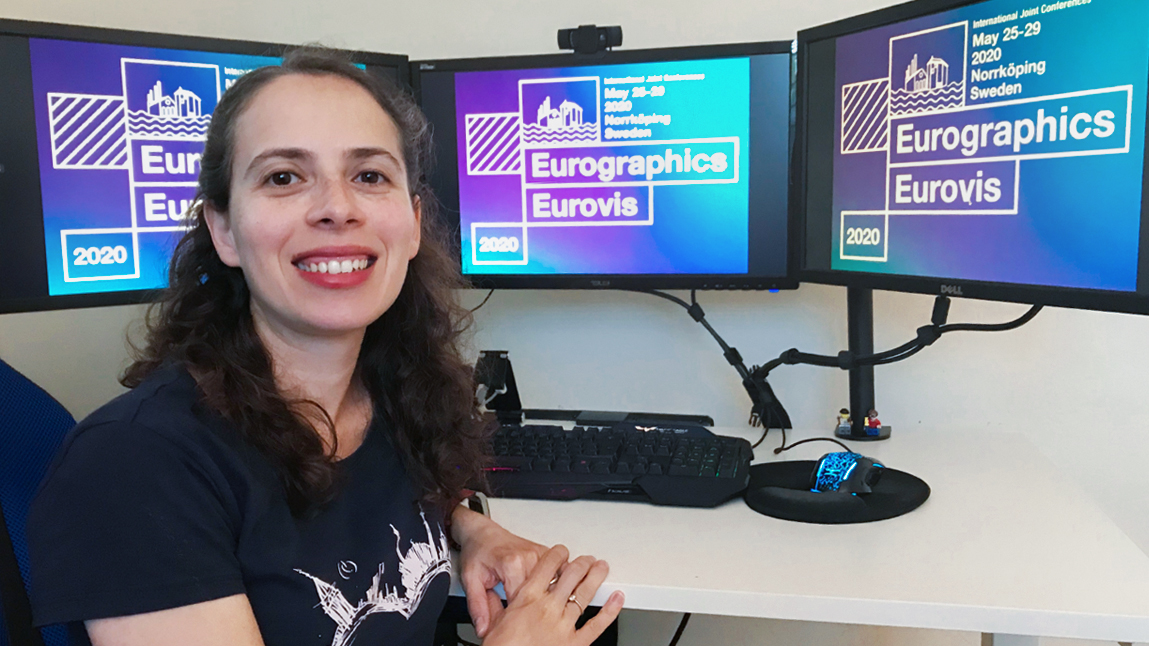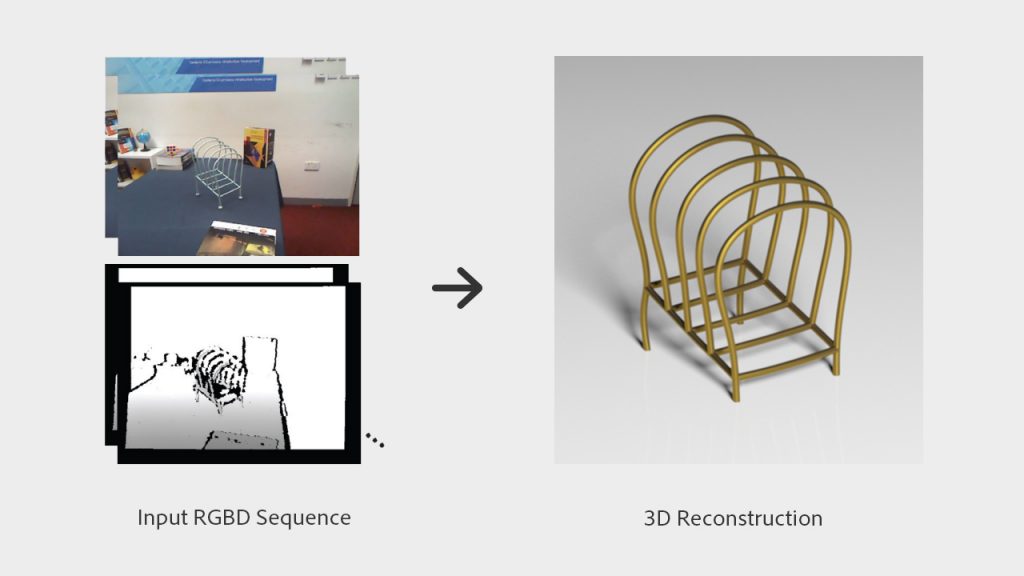
Research Scientist Duygu Ceylan has received the 2020 Eurographics Young Researcher Award, a prestigious honor given annually to two up-and-coming researchers who have made significant contributions to computer graphics. Ceylan’s research has uncovered new ways to transform 2D images and videos into 3D representations, powering applications such as image editing, content creation, and augmented reality. Ceylan, who has been with Adobe Research for 6 years, also serves as an editor for the research journal IEEE Computer Graphics and Applications. She joined us for a Q&A about her work and award.
Why focus on 3D imagery?
We are living in an era where digital experiences are more in demand than ever. As the boundaries between the physical and digital world fade away, it is crucial to transform digital content into immersive experiences. My research goal is to enable such a transformation by offering a variety of solutions for 3D reasoning about 3D objects, physical spaces, and people. I’m currently working on developing efficient machine learning algorithms to understand 3D geometry and humans from images and videos. I’m also interested in extending my research to understand how people interact with their physical surroundings.

This award recognizes your computer graphics research contributions. Could you tell us what has been most fulfilling in your work so far?
I have been publishing my research work in top-tier conferences in computer graphics, vision, and machine learning. I feel very excited to be working at the intersection of these fields.
My research focuses on inferring 3D information from 2D images and videos using computational methods and, more recently, machine learning algorithms. I have studied this problem in various contexts, including 3D reconstruction of architectural scenes from a set of images, single-view 3D reconstruction of man-made objects, and inferring the geometry of humans. In using machine learning—more specifically deep learning methods—to predict 3D information from images, one of the main research questions is how to best represent the 3D data. My research has explored the use of different representations, and I think this award recognizes all the work I’ve been doing in this area.

Adobe Research has given me the opportunity to work with world-class researchers in the field and expand my research portfolio. I also feel extremely lucky that I was able to work with amazing interns from all around the world since I joined Adobe. I’ve partnered with nearly 30 interns in the past 6 years—that is a very valuable resource. I’m grateful that I have been able to build such a rich network of collaborators.
How did you feel when you heard you’d won this award?
I learned that I was selected via an email from the award chair at the European Association for Computer Graphics. Honestly, when I first read the email, it really came as a surprise since I had no idea that I was nominated. The nominations are done by your peers. I felt excited and honored. I remembered the early days in my PhD, when I would attend Eurographics and watch some of the top-notch researchers in the field receive this award. It was inspiring for me as a PhD student back then to see such accomplishments, and I felt very proud to find myself in a similar position at this stage in my career.
Based on an interview with Meredith Alexander Kunz, Adobe Research